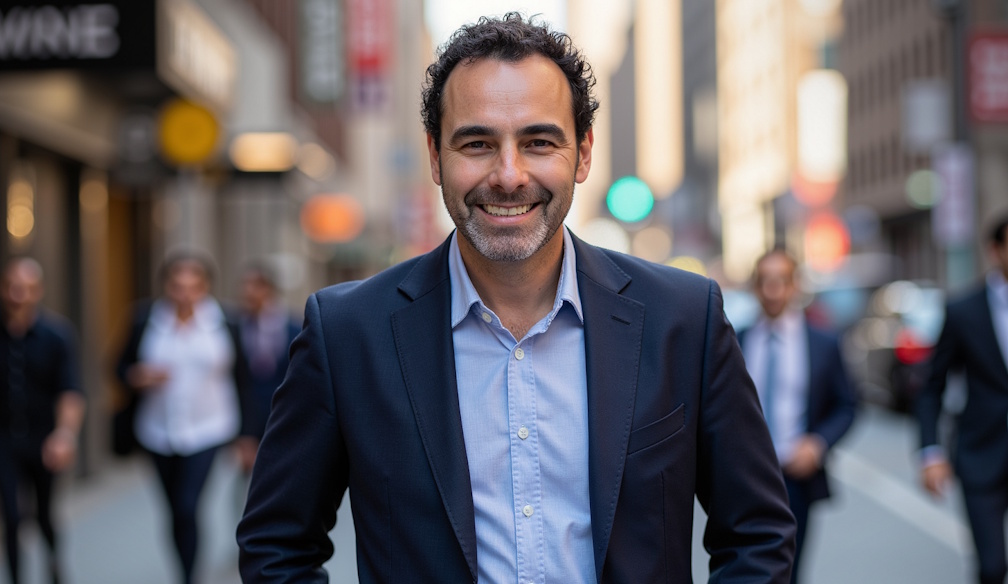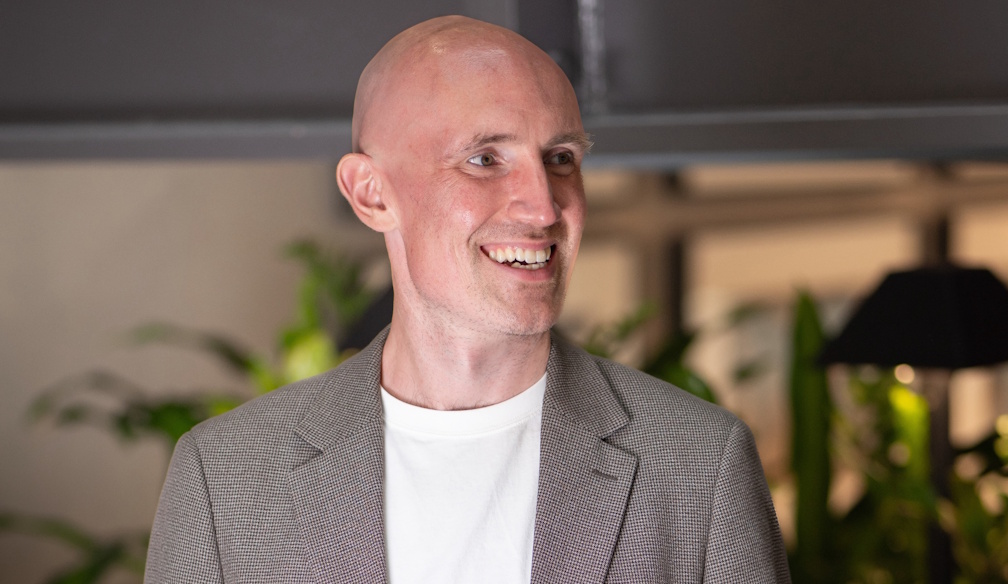Forty thousand more appointments per week and ‘surgical hubs’, but will this fix the NHS?
- Written by Peter Sivey, Reader in Health Economics, Centre for Health Economics, University of York
Chancellor Rachel Reeves’ debut budget pledged increases of[1] £22.6 billion in day-to-day spending for the NHS and £3.1 billion in capital spending over the next two years. The increase in day-to-day spending is intended to fulfil Labour’s campaign promise of “40,000 more appointments per week” from their election manifesto.
This often-repeated promise gives the government a tangible short-term goal in its longer-term mission to meet the 18-week target[2] for elective care. However, while 40,000 additional weekly hospital appointments may sound impressive, a closer look at NHS statistics suggests that this increase is less significant than it first appears.
NHS England conducted about 2 million outpatient appointments per week in 2023-24, meaning that 40,000 more appointments per week would represent only a 2% increase.In recent years, the average annual increase in weekly outpatient appointments has been 2.9%, meaning that an extra 40,000 appointments per week would be a slower than usual increase.
The chart below shows the average number of outpatient appointments per week for each financial year since 2013-14, with a red point indicating an increase of 40,000 per week for 2024-25.
Average weekly outpatient appointments in NHS England, 2013-14 to 2023-24
Initial evaluations of these new facilities show promising results. Our recent paper[10] evaluating the early stages of the CDC programme showed that the opening of a CDC increased the amount of diagnostic tests in an area by up to 13%.
The Health Foundation (a health policy thinktank) has published an early evaluation[11] of the surgical hubs programme, which shows that hospital trusts that implemented new surgical hubs increased their elective surgery numbers by nearly 22%.
However, neither study shows any effect on lowering waiting times for patients. This could be because the policies are still in their early stages and it takes time for new facilities to reduce a backlog of patients.
However, it’s also possible that new facilities increase awareness[12] and demand for care in the local population, keeping waiting times high.
The budget’s investment in increasing NHS capacity through more day-to-day spending and more capital facilities is a welcome first step by the government. The focus on capital investment is particularly important, having been lacking in recent years.
However, the scale of the NHS’s challenges remain vast, with growing demand quickly eating up any new resources added in to the system. In this environment, improving performance, such as waiting times, to the levels seen under the last Labour government remains a distant prospect.
References
- ^ increases of (www.gov.uk)
- ^ 18-week target (labour.org.uk)
- ^ proportionally greater (www.kingsfund.org.uk)
- ^ far behind (www.nhsconfed.org)
- ^ Organisation for Economic Co-operation and Development (www.oecd-ilibrary.org)
- ^ analysed data (www.sciencedirect.com)
- ^ working on a project (measure-study.org)
- ^ existing major hospital site (mft.nhs.uk)
- ^ South West Ambulatory Orthopaedic Centre (nightingale-exeter.nhs.uk)
- ^ recent paper (www.sciencedirect.com)
- ^ early evaluation (www.health.org.uk)
- ^ increase awareness (link.springer.com)







